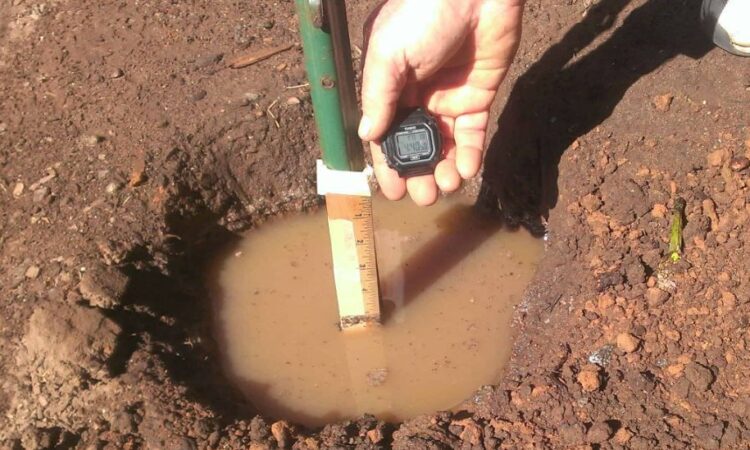
A perc test may be required whenever land is bought, sold, or changed to determine the rate of soil drainage. Perc tests are crucial components of lawful and secure property improvements or transfers. Every property owner, after all, wants to know if their land is suitable for a new or enhanced septic system.
In this article, we discuss the most asked questions about the perc test. Let’s explore them,
- What is a percolation test?
A perc test measures how quickly soil absorbs rainwater. A percolation test, more specifically, determines how long it takes for the soil to absorb rainwater once it has been applied to the ground. For any property that uses a septic system, perc tests are frequently crucial because they can help establish the ideal location to create a drain, leach field, or other septic system components. Most perc tests are carried out by qualified experts who focus on either land surveying or septic system design.
- Why is knowing the type of soil in my property important
The proper functioning of the soakaway system is influenced by the type of soil on your property. The wastewater won’t be able to seep through the ground as it should and won’t receive enough treatment if it is too wet or dry.
For instance, soil that is primarily composed of clay is typically not appropriate for a soakaway because it is not porous and will not permit sewage to move through it.
Similar to fine sandy soil, water will drain away considerably more quickly and may not receive proper treatment. Additionally, soakaway systems are not constructed close to trees, homes, boundaries, rivers, streams, parking lots, driveways, or other structures.
- When do you need a percolation test?
Imagine that once a property is upgraded, a new septic tank is installed inside soil that is unable to drain moisture effectively. The results in such a situation would probably be expensive (not to mention nasty).
Land surveyors and construction workers can use bre digest 365 test to assist them in choosing the best or worst places to establish septic systems. Additionally, prior to the construction of new septic systems or the replacement of outdated septic systems, many local jurisdictions demand perc tests.
Septic tanks store wastewater for a long enough period to allow for natural solids and liquid separation. The liquids that have been purified are then poured into a drain field or funnel through trenches that are several feet below earth. The liquids now flow into the nearby soil and drain.
As you might expect, a septic tank requires soil that can drain well enough for the system to function properly. Experts will evaluate the soil’s slope, examine the ratio of sand and gravel, and complete other tasks in order to conduct a perc test. Because of its often low drain rate, soil with a lot of clay or rock is typically not appropriate for septic system installation.
Furthermore, for rural locations without access to municipal sewage systems, percolation test for soakaway might be essential. A failing test can prevent the construction of homes in some locations. That makes perc tests even more crucial for developers and investors because they help you choose which properties to put an offer on.




